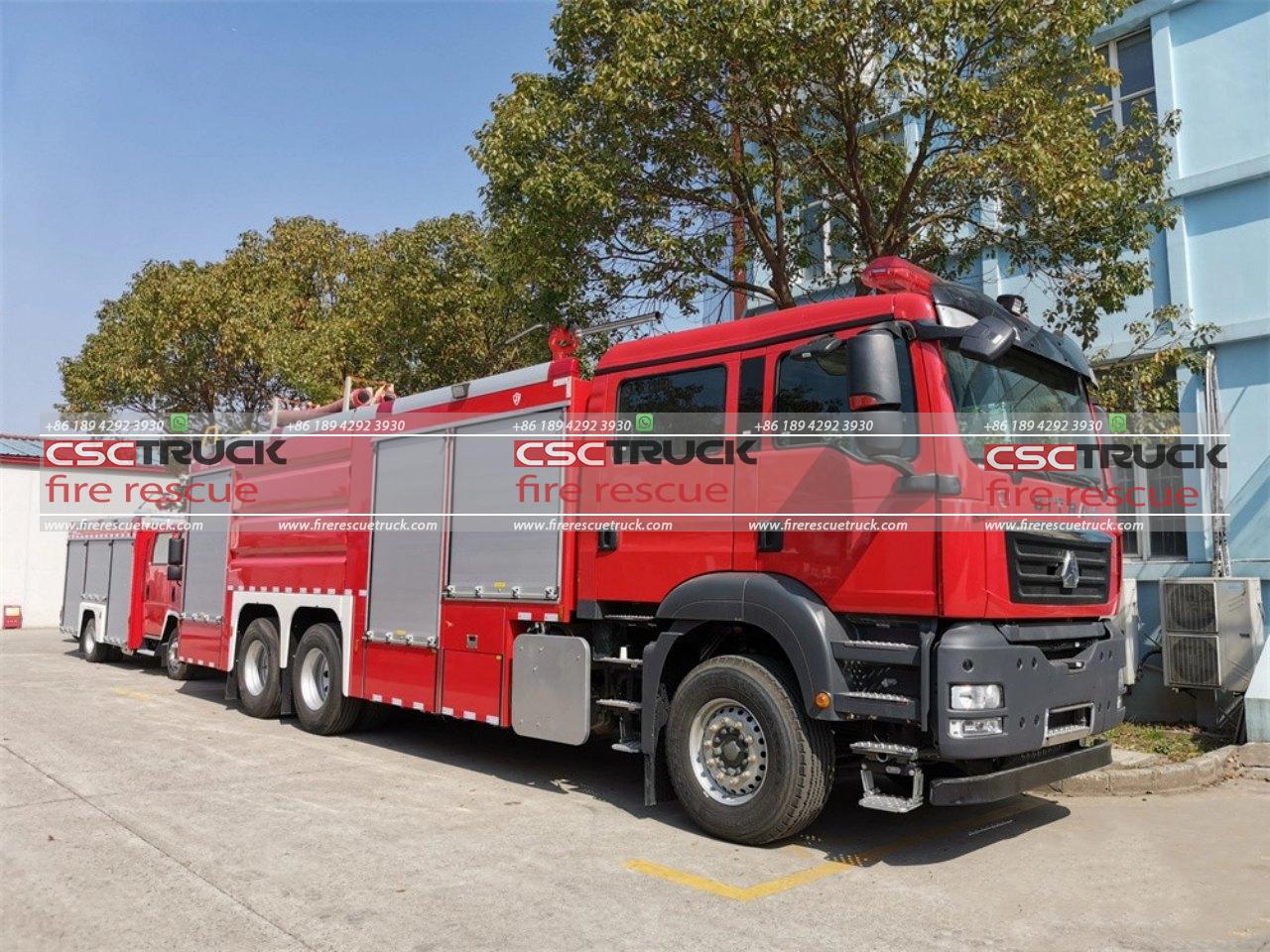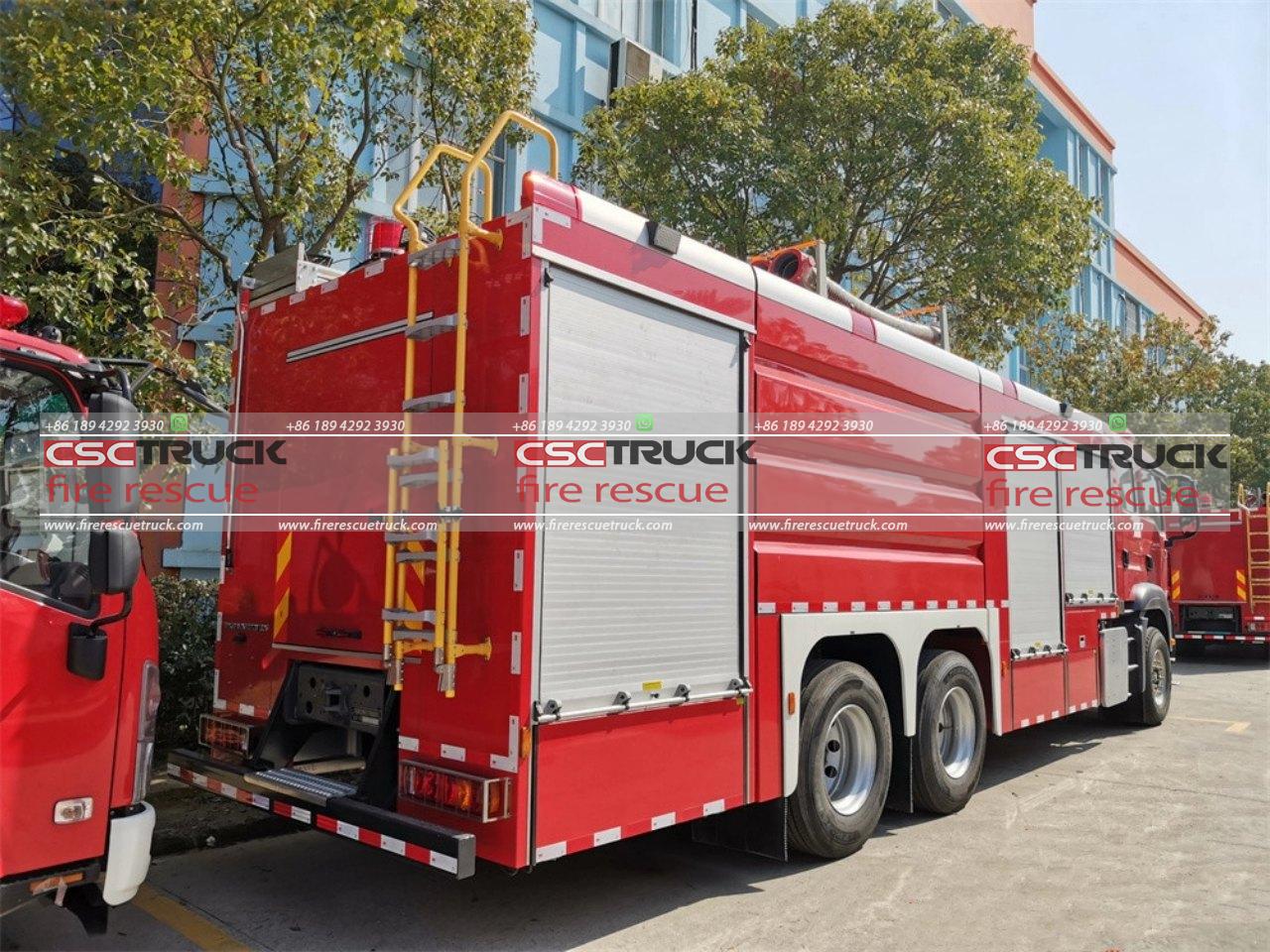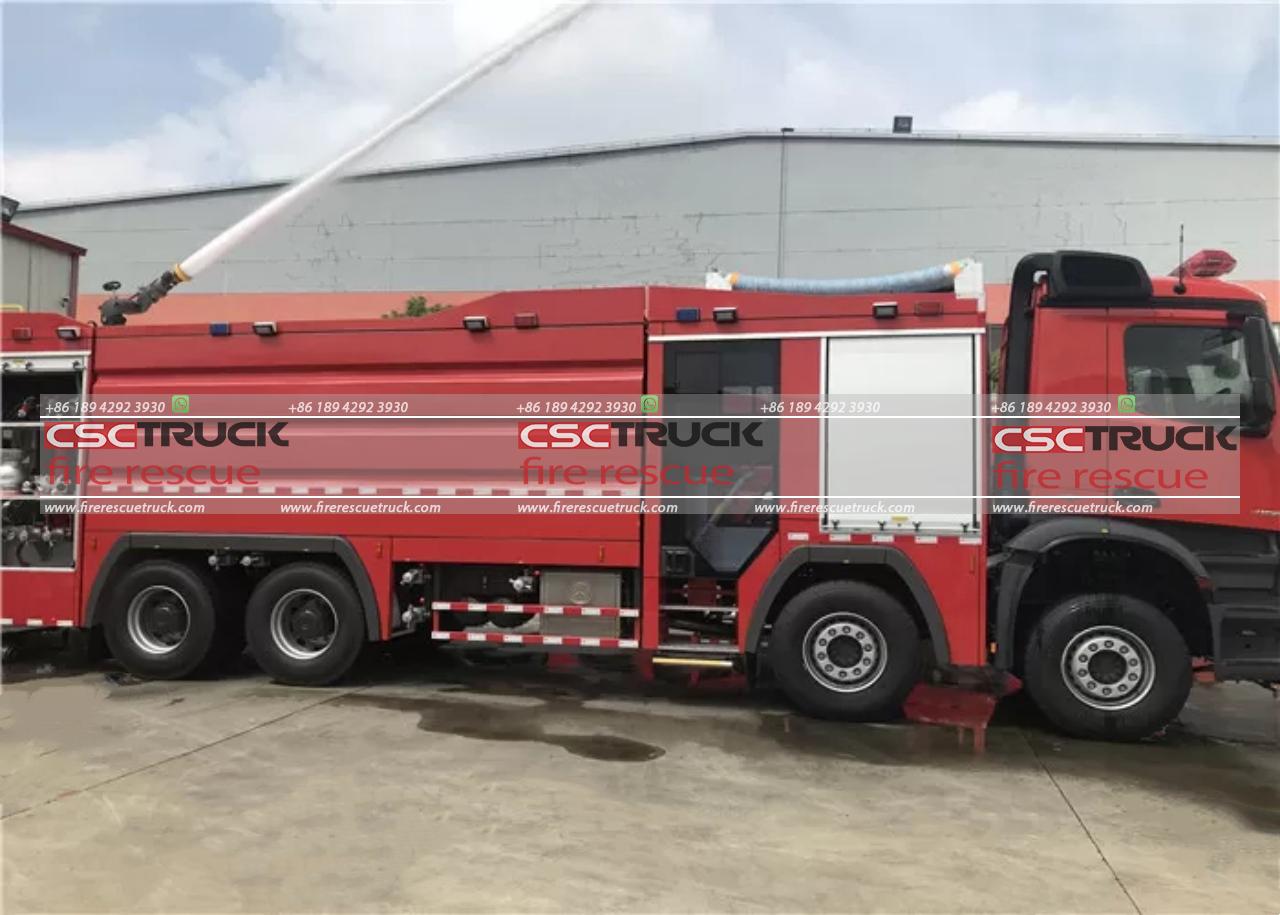Why is a Firetruck Red?
Firetrucks are iconic vehicles, recognizable from afar due to their bright, unmistakable red color. The sight of a red firetruck speeding down the road, sirens blaring, is universally associated with emergencies, bravery, and rescue. But why, of all colors, are most firetrucks red? The answer is a blend of historical, psychological, and practical reasons. In this article, we’ll delve into these aspects, explaining why firetrucks are predominantly red, how the color impacts their functionality, and why this tradition endures despite changing technologies.
The History Behind Red Firetrucks
The origins of red firetrucks are deeply rooted in tradition. To understand why red became the dominant color, we need to go back to the early 19th century when fire departments were first being organized in cities. Back then, there were no municipal fire departments as we know them today. Instead, firefighting was carried out by private companies, volunteer brigades, and even insurance-backed groups.
During this time, these firefighting groups competed fiercely for attention and prestige. It is believed that red was chosen for firetrucks primarily because it was a bold and eye-catching color. Red would help the fire brigade’s truck stand out in parades or when racing down crowded streets to respond to a fire. It was a matter of visibility and competition; a fire brigade wanted to be seen as efficient, professional, and heroic. Since red was a more expensive color due to the costly pigments used to produce it, it also symbolized a sense of pride and prestige. By choosing red, firefighting companies could signal that they were well-funded and serious about their work.
However, this explanation is just one theory. Some suggest that firetrucks were initially painted red because the cheapest color available at the time was black, and to distinguish themselves from the black vehicles on the road, fire companies chose red, which, despite being more costly, stood out from the crowd. Another popular theory is that the red color matched the steam-powered fire engines that had polished brass and copper fittings, creating a cohesive and attractive appearance.

The Psychology of Red
Beyond historical context, there’s a strong psychological reason behind the color choice of firetrucks. Red is a color that evokes powerful emotions and has strong cultural connotations. In many societies, red is associated with danger, urgency, and action. It’s a color that captures attention quickly and is often used in situations where immediate action is required—think of stop signs, warning lights, or hazard signs.
From a biological perspective, red is a highly visible color due to its long wavelength, which allows it to stand out in a variety of conditions, including low light and fog. The human eye is naturally drawn to red, which makes it ideal for emergency vehicles that need to command attention on the road. In situations where every second counts, such as when a firetruck is responding to an emergency, the ability to stand out in traffic is crucial.
Visibility and Safety: Why Red Endures
Visibility is perhaps the most practical reason for firetrucks being red. When firefighters are responding to a fire, time is of the essence, and the quicker they can make their way through traffic, the better. A firetruck’s red color helps alert other drivers to its presence and signals them to move aside, giving the truck a clear path.
In addition to the psychological impact of red, the color also stands out well against most natural backgrounds. Urban landscapes, which are often dominated by shades of gray, brown, and green, offer good contrast for bright red vehicles. This makes it easier for pedestrians, drivers, and other emergency responders to spot the firetruck from a distance or in their peripheral vision, even in less-than-ideal weather conditions.
Firetrucks are not only equipped with sirens and lights to attract attention, but the red color serves as an additional visual cue to indicate urgency. This color scheme, combined with the other signals, forms a complete sensory package designed to move other vehicles out of the way quickly and efficiently.

Are All Firetrucks Red? The Case for Other Colors
Interestingly, while red remains the most traditional and common color for firetrucks, not all firetrucks around the world are red. In fact, in recent decades, many fire departments have experimented with other colors, especially lime-green and yellow. These alternative colors have been introduced for reasons of visibility and safety.
Research conducted in the 1970s by Dr. Stephen Solomon showed that lime-green and yellow firetrucks were easier to spot at night and in low-visibility conditions like fog or heavy rain. These findings challenged the traditional use of red. According to the research, red firetrucks are less visible in dim lighting because they tend to blend in with the taillights of other vehicles and various urban backgrounds. Yellow and lime-green, on the other hand, reflect more light and are more distinguishable at night.
Despite the research supporting the safety benefits of other colors, red firetrucks have remained a staple in many fire departments, particularly in the United States. Tradition plays a significant role in this. For many, the red firetruck is a symbol of firefighting, deeply ingrained in public perception. Additionally, even though yellow or lime-green may offer slight improvements in visibility, the combination of modern reflective striping, LED lights, and sirens has helped mitigate the potential downsides of red firetrucks at night.
Technological Advances in Firetruck Visibility
The color of a firetruck is just one component of its visibility and effectiveness in emergencies. Over the years, advances in technology have played a significant role in improving the visibility of fire trucks, regardless of their color.
Modern fire trucks are equipped with highly reflective striping, which greatly enhances their visibility at night or in low-light conditions. These reflective materials can be seen from a significant distance when illuminated by headlights or streetlights, making it easier for other drivers to spot the truck. Additionally, many firetrucks now feature high-intensity LED lights that flash in various patterns, further increasing their visual impact on the road.
Siren technology has also advanced, with modern firetrucks using multi-tone sirens that can be heard from greater distances and at a wider range of frequencies. This auditory warning complements the visual signals, ensuring that firetrucks are noticed both by sight and sound.

Conclusion: Why Firetrucks Remain Red
While the red firetruck originated as a combination of historical tradition and visibility concerns, the color has persisted due to its strong association with firefighting, urgency, and action. Even though research has shown that other colors like lime-green may offer better visibility in certain conditions, the cultural and emotional significance of red remains powerful.
In a world where firetrucks are equipped with advanced technology to enhance their visibility and safety, the choice of color is just 1 part of the equation. However, the tradition of the red firetruck endures, symbolizing the brave men and women who risk their lives to protect others in emergencies. The next time you see a red firetruck racing down the street, know that its color carries with it a rich history, a practical purpose, and a deep cultural meaning.







